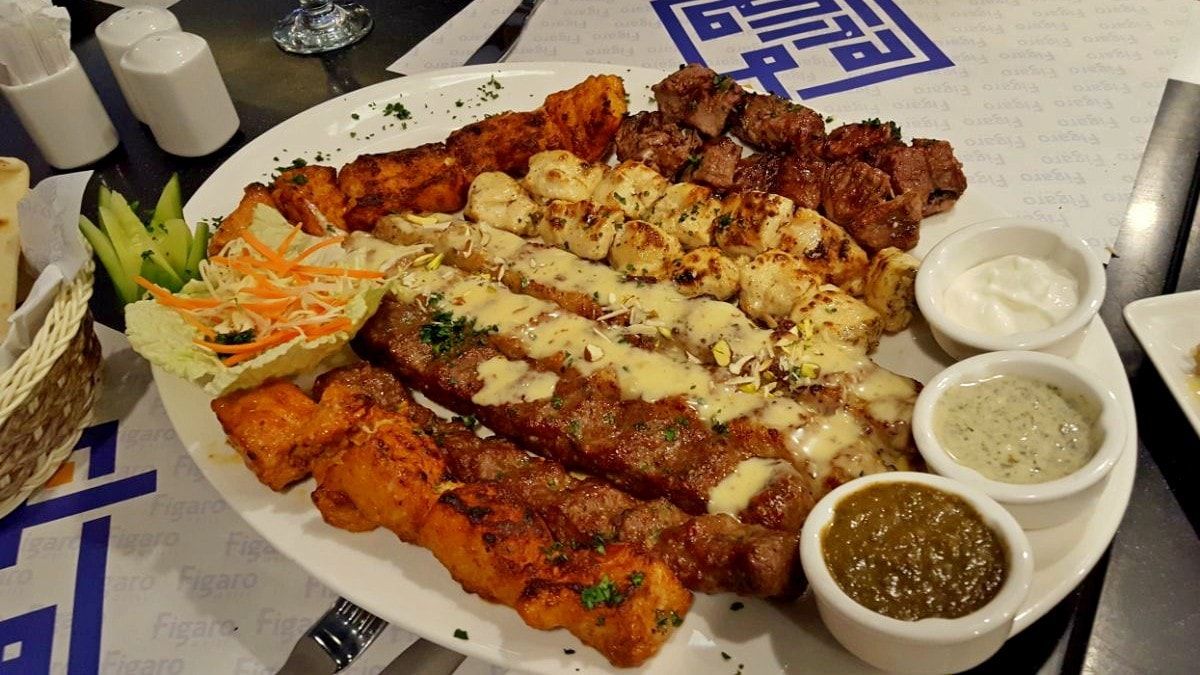History
The spreading of the Islam starting in the A.D. 700s, forms the basis of novel but a blend of taste from different regions in Pakistani cuisines. The Mughal Empire began its ruling in present-day Pakistan around 1526. Its style of cooking, called Mughalai, typically includes such ingredients as herbs and spices, almonds, and raisins. Mughal cooking remains an important part of Pakistani cuisine. Foods such as shahi tukra, a dessert made with sliced bread, milk, cream, sugar, and saffron (a type of spice), and chicken tandoori are still enjoyed in the twenty-first century. Chicken tandoori is chicken that is cooked at a low temperature in special large clay ovens called tandoors.
Pakistani foods reflect Irani, Afghani, Persian, and Western influences to give it its own distinct character. These cultures brought different uses of herbs, flavorings, and sauces to Pakistan, transferring ordinary staple foods into unique dishes.
Foods of Pakistan
All provinces of Pakistan have their own rich variety of cuisines and regional specialties. For example, machli (fish) and other seafood are delicacies in the coastal Sind province. In Baluchistan, located in western Pakistan, cooks use the sajji method of barbecuing whole lambs in a deep earth pit. The people living in Punjab are known for their roti (bread) and elaborate cooking preparations. The Pathans, who occupy the Northwest Frontier province, eat a lot of lamb. Their cooking, however, is considered more bland than the other regions. Oven-baked bread eaten with cubes of meat, called nan-kebab, is a favorite Pathan dish.
Pakistani cuisine is rich with sauces and condiments to spice up the dishes. A variety of spices, such as chili powder, curry, ginger, garlic, coriander, paprika, and cinnamon, are at the heart of Pakistani cuisine. A wide range of chutneys (a relish usually made of fruits, spices, and herbs), pickles, and preserves that accompany meats and vegetables give Pakistani cuisine its distinct flavor.
There are a number of ways meat is prepared in Pakistan. Karahi is a method where the meat is cooked with vegetables and served in its own pan. Tikka and boti kebab both refer to meat grilled on a spit (a slender rod or skewer) over an open fire, the traditional BBQ.
There are a number of foods to cool off the spicy flavors of a Pakistani meal. Fresh homemade curd can be eaten plain or used in lassi. Lassi is a drink made with curd, ice, and sugar for breakfast, or salt for lunch or dinner. Raita is a curd with cumin and vegetables. Baked yams and sita (boiled or roasted corn on the cob) may also accompany a spicy dish.
Mealtime Customs
Nihari derives its name from the Urdu word nihar, which means “morning.” A nihari breakfast in Pakistan can be very filling. Nehari (stewed beef), and mango are common breakfast items. Sometimes a dish made of meat cooked with chilies and other spices is cooked overnight to be consumed for breakfast the next morning, when it is eaten with naan, a type of bread, or paratha, a special flour bread, perfectly fried in oil till golden red & mildly crispy.
Pakistani lunch and dinner dishes are similar. Roti (bread), chawal (rice), sabzi (vegetables), and gosht (meat) are the main elements of a meal. Chapatis or naan accompany every meal. Rice is usually boiled or fried, e.g. biryani, rice cooked in a yogurt and meat sauce. Qorma (meat curry in gravy), qofta (lamb meatballs), or nargasi qofta (minced beef and egg) might be served.

